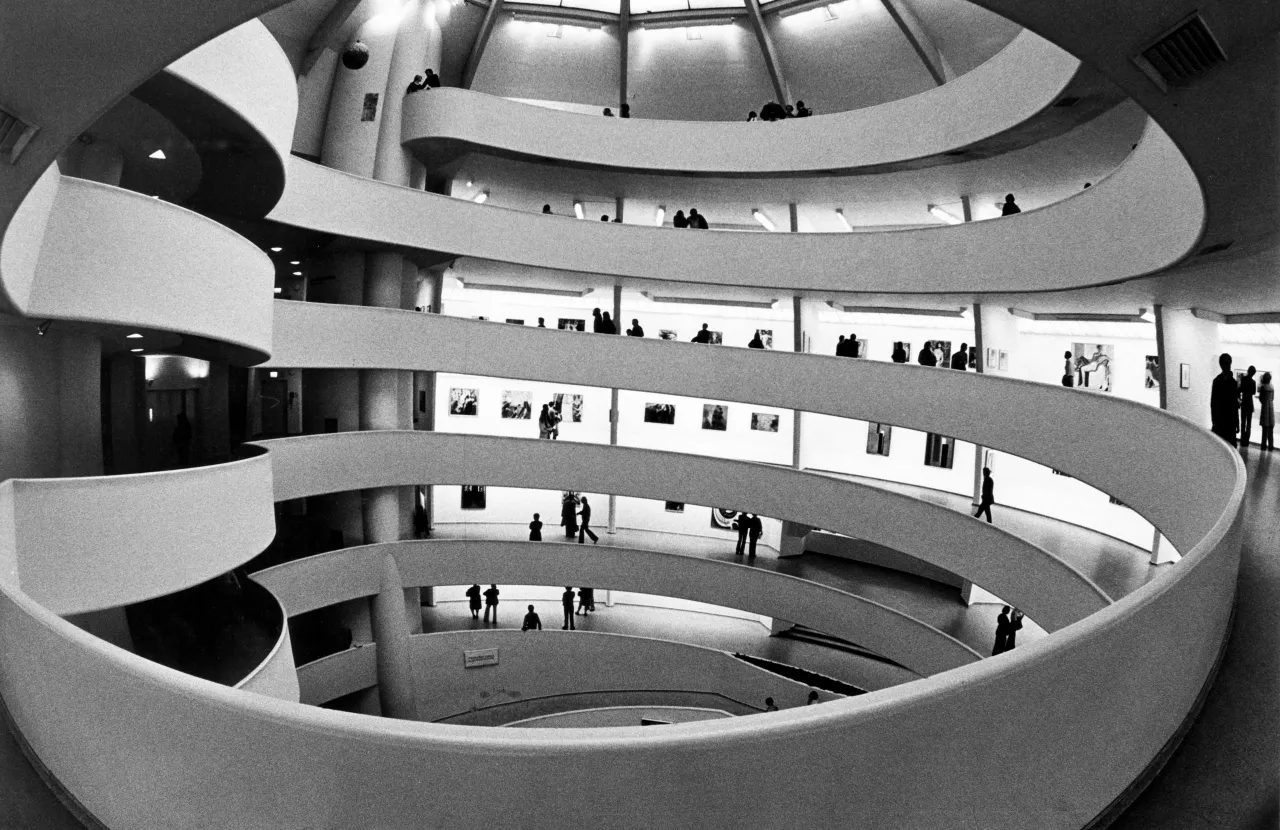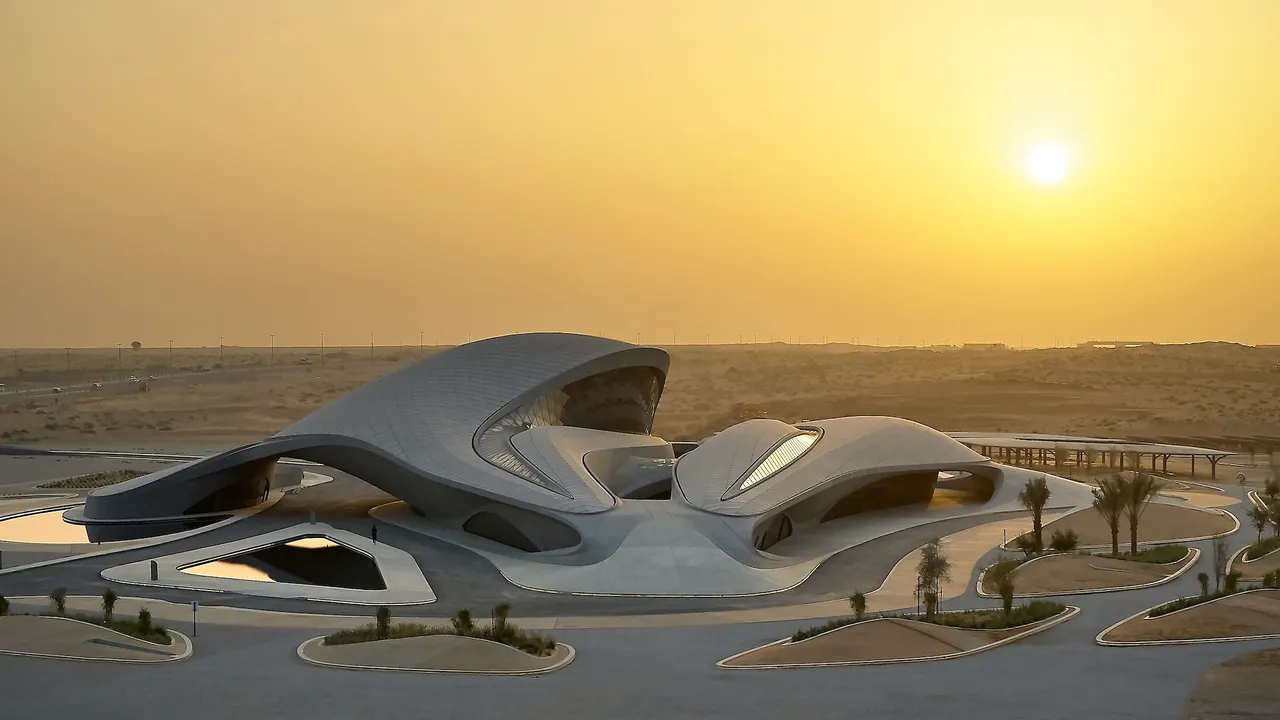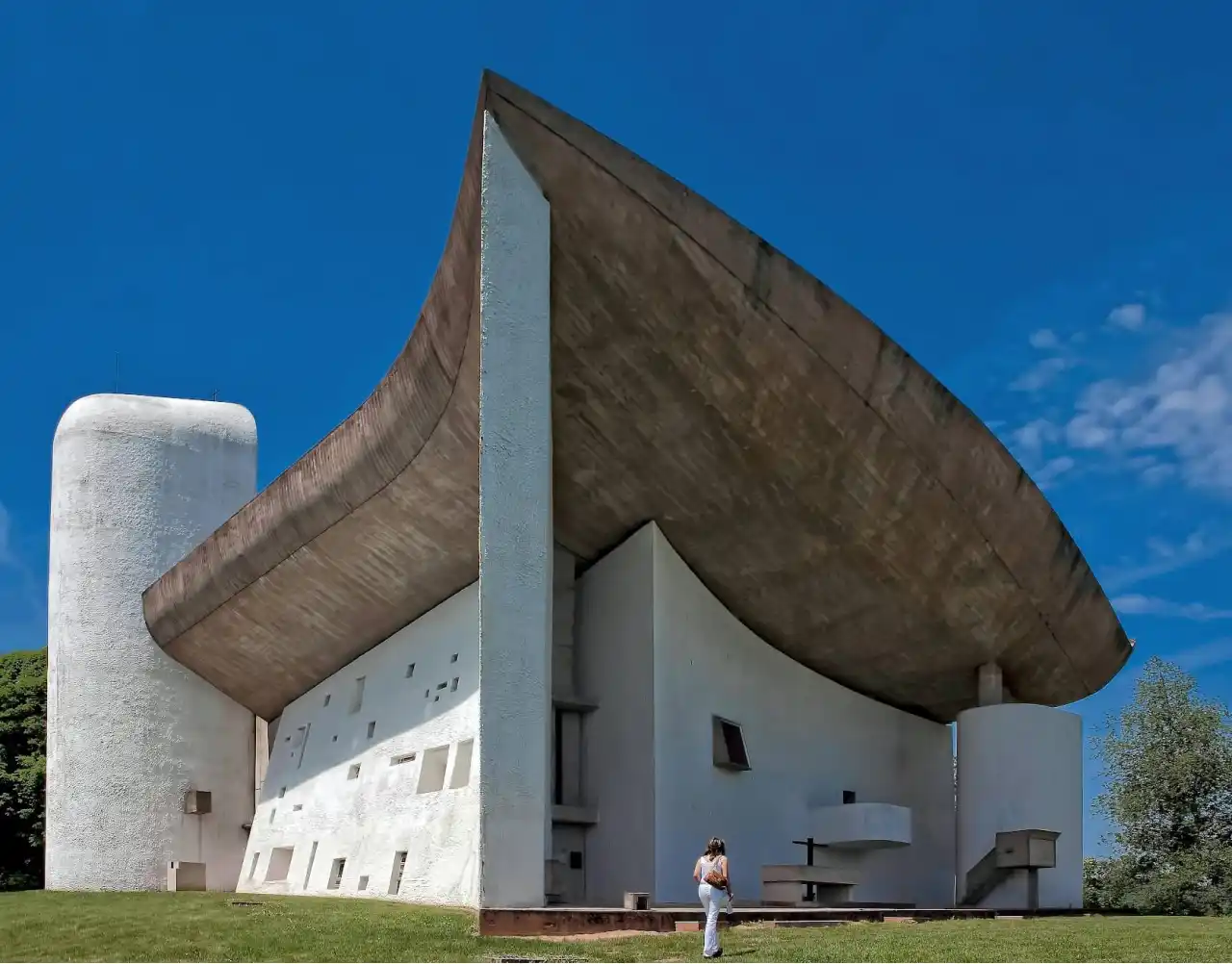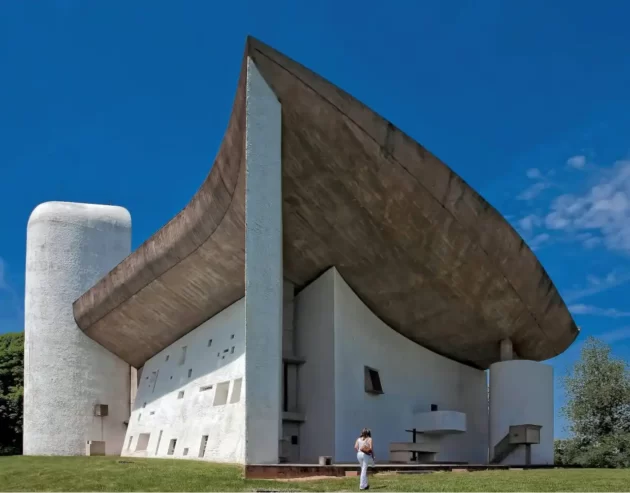
Architecture is the amalgamation of art and science and an outlook to innovation. However, it also requires problem-solving skills, critical analysis, and skills to look at the broader picture. Other impressive generations of architects with truly outstanding minds over the years have left an admiral imprint on the profession that revolutionized an approach to space, form, and function. This article explores these high-IQ architects who have worked out of the box to bring new dimensions into architectural practices.
A high IQ can be trained if you pay enough attention to it. If you’ve ever wondered about your cognitive abilities, taking a free iq test online can give you insight into problem-solving and creative thinking. These are the skills that architects with high IQs demonstrate in their innovative work.
The Meeting Place of Intelligence Quotient and Architectural Skill
High IQ architects are not just smart, unlike everyone else; they apply their intelligence towards working through some of the world’s toughest problems as expressed in the built environment. Whether the architectural challenge is to design for stability while preserving natural resources to construct buildings that seem to float or to paint paintings that are also buildings, these architects use their mental skills to create.
Frank Lloyd Wright: A Visionary Genius

The distinctive stylist and one of the most important figures in the history of architecture is Frank Lloyd Wright. Wright was a great visionary, who was the architect of organic architecture which helped create a built environment in nature. His iconic works like Fallingwater and the Guggenheim Museum demonstrate his mastery in designing aesthetic and functional buildings. It is therefore clear that Wright had put into practice some modernist ideas way before they came into fashion.
Zaha Hadid: The Queen of Curves

Zaha Hadid, the famous being dubbed the ‘Queen of Curves’ in the architectural field, was one. In her forward-thinking and highly imaginative creations, very high intelligence was apparent that altered basic concepts of geometry and space. The projects that the architect Zaha Hadid created, such as the Heydar Aliyev Centre in Azerbaijan and the London Aquatics Centre, are not just works of architecture – they are sculptural forms that push the boundaries of engineering and design. For this and her ability to materialize intricate shapes, she became the first woman to be given the Pritzker Architecture Prize.
Le Corbusier: The Intellectual Modernist

Le Corbusier distinguished himself as one of the first advocates and leading theoreticians of modern architecture and town planning. His intelligence was particularly evident in his recommendations concerning how cities should be planned. Coming from “machines for living in”, to the application of concrete as a primary structural material, Le Corbusier is ubiquitously reflected in numerous pieces of contemporary architecture. The Ville Savoye and the city that is part of Chandigarh, India remain as standard in architectural design.
Santiago Calatrava: The Engineer-Architect

Calatrava is a unique figure in the field of design due to his work as both an architect and engineer with a specialization in design. His high IQ is reflected in the details and the imagination of his designs, which quite often resemble botanical and biology. Projects such as the Oculus at the World Trade Center and Turning Torso, Sweden, embrace aesthetics, as well as engineering mastery in designing structures that are both art and utility.
The Function of Intelligence in Architectural Creativity
Although architects possessing a higher IQ may contain these quantitative tools to architect and solve problems, it is their qualitative skills to express them and coordinate with others to make them turn into their visions. Most of those architects apply not only their mind but also their heart, personal and cultural experiences, and knowledge related to current technologies.
Great high-IQ designers have contributed significantly to the development of architecture as a form of art and science. Indeed, thanks to them, many generations of designers go on aspiring to transcend industry standards and look at matters with novel perspectives. Deliberately being revolutionary in their designs they remain relevant to society by forcing the evolution of architectural designs.
Conclusion: Intelligence Meets Creativity
The works of gifted architects such as Frank Lloyd Wright, Zaha Hadid, Le Corbusier, and Santiago Calatrava can speak a lot about how gifted architects blend intelligence and creativity. Some of the masterpieces they produced remain to this date causes of fame and admiration as well as paving the way in raising standards in illustrious architectural designs. In the future, therefore, the part that intellectual brilliance plays in determining the character of the built environment that we inhabit is as crucial as ever.
Learn with PAACADEMY:
Check out the workshops at PAACADEMY to learn from the industry’s best experts how to use advanced parametric design tools, AI in design workflows, and computational design in architecture!


















Leave a comment